Reshaping India's Freight and Logistics Market: Cutting-Edge Tech Drives 8.8% Annual Growth by 2029
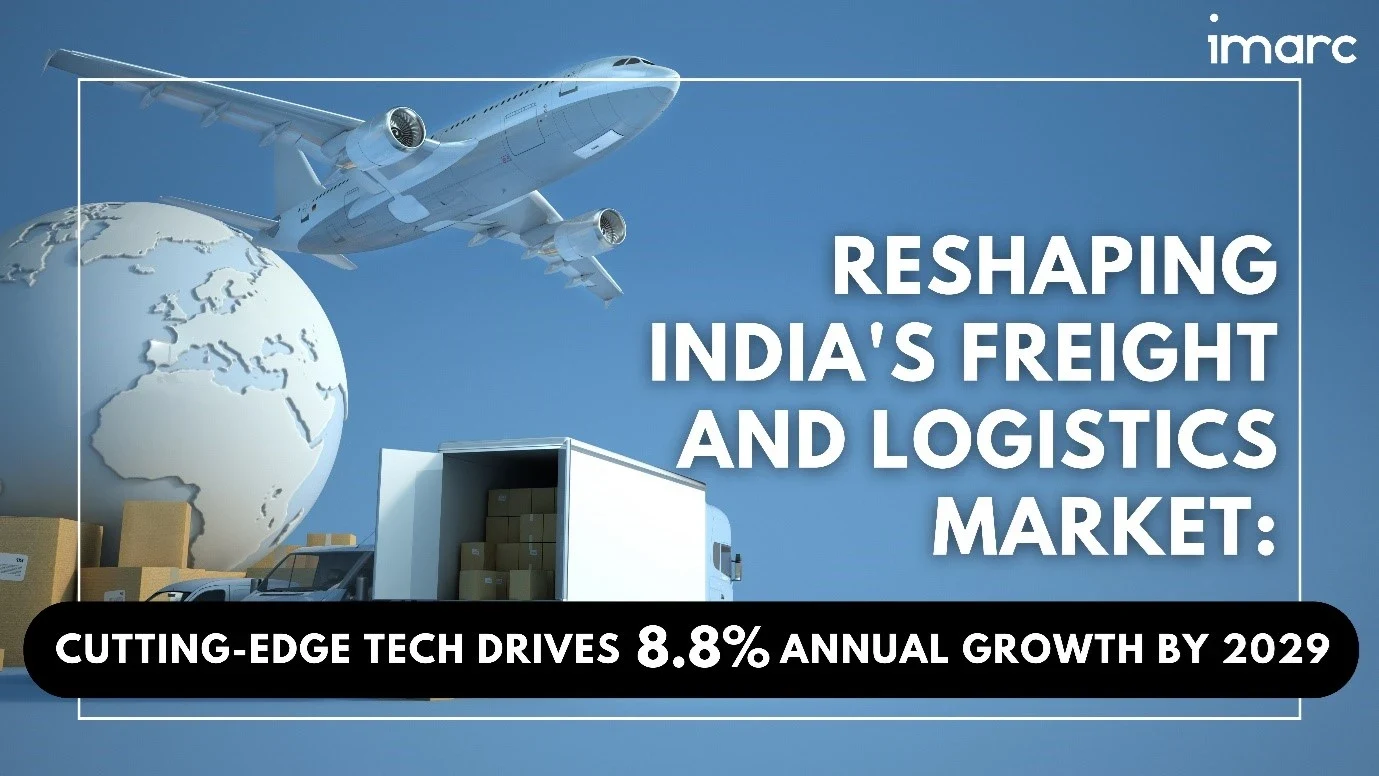
The logistics sector is a vital component of the supply chain, encompassing the management and transportation of goods and services from their origin to their destination. It involves a broad spectrum of activities such as transportation, warehousing, inventory management, packaging, and goods handling, alongside information flow and supply chain management. The sector ensures the efficient movement of goods through various supply chain stages to meet consumer demand, playing a crucial role in facilitating trade and commerce, supporting economic growth, and serving diverse industries, including manufacturing, consumer goods, retail, food and beverages, IT hardware, healthcare, and chemicals.
Transportation in the logistics industry heavily relies on roadways, waterways, railways, and airways. Operational models like 2PL, 3PL, and 4PL are employed, with 3PL holding the largest market share. This model provides comprehensive services, including transportation, warehousing, inventory management, distribution, and value-added services, essential for adapting to rapid market changes and evolving consumer demands.
In 2022, the Indian government launched the National Logistics Policy (NLP) aimed at upgrading the logistics sector and enhancing transportation infrastructure such as roads, railways, airways, and waterways. The policy aims to reduce logistics costs, increase the competitiveness of Indian goods, and stimulate economic growth. It also emphasizes the integration of emerging digital technologies to improve logistics functions like tracking, customs procedures, and regulatory compliance.
According to a report presented at the LogiMAT India 2024 Logistics Fair, the Indian freight and logistics market is projected to grow from US$ 317.26 Billion in 2024 to US$ 484.43 Billion by 2029, with a CAGR of 8.8%. The sector is currently undergoing transformation fueled by the adoption of advanced technologies in intralogistics, automation, warehousing, and transportation management. This transformation is expected to create job opportunities and enhance business scalability in the coming years.
The Dynamics Powering India's Thriving Logistics Industry
The India logistics market is expected to grow at a CAGR of 7.85% during 2024-2032, according to recent findings by the IMARC Group. The demand for logistics has increased significantly over time, primarily driven by the burgeoning e-commerce industry. Various factors contributing to the market's growth are outlined below.
Government Support: The Government of India is consistently bolstering the logistics sector through the implementation of various favorable policies, infrastructure development initiatives, technological advancements, and regulatory reforms. In the Interim Budget 2024, the logistics sector received a significant boost as the government announced plans to establish three major economic railway corridors aimed at reducing congestion and lowering logistics costs in India. Additionally, projects like the National Infrastructure Pipeline, Sagarmala, and Bharatmala are instrumental in enhancing the overall logistics framework across the country.
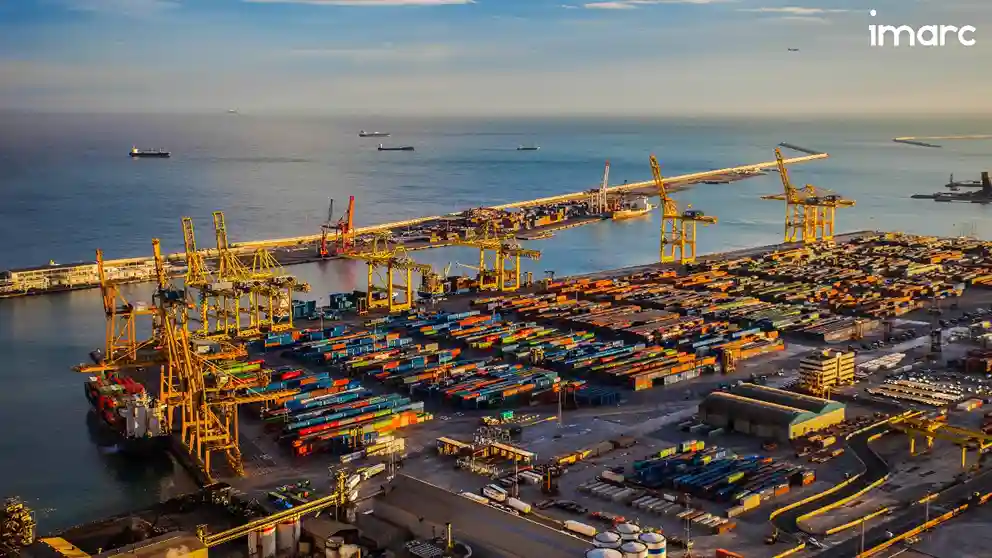
Rapid Growth of E-commerce: The e-commerce sector in India is experiencing rapid growth, with an expected annual growth rate of 18% through 2025. This surge is driven by increasing internet penetration, widespread smartphone usage, the adoption of digital payments, and a significant shift of consumers towards online shopping. These factors are propelling the online retail market's expansion. Consequently, the rising e-commerce industry is fueling demand for efficient and timely logistics solutions. Additionally, investments from major e-commerce players such as Flipkart, Amazon, and Reliance are further enhancing the logistics capabilities to meet this growing demand.
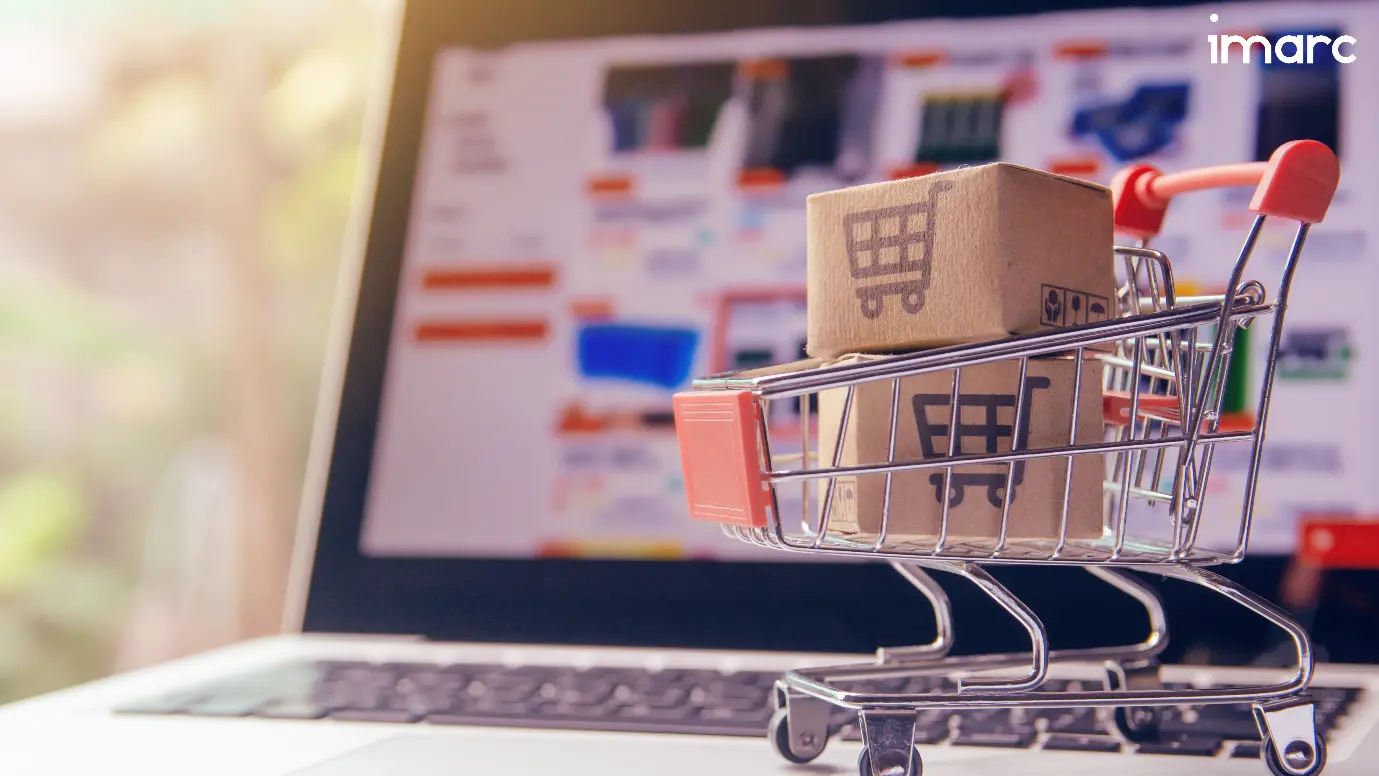
Infrastructure Development: Infrastructure development stands as a primary driver of growth in India's logistics sector. Significant investments in roads, highways, and railways are enhancing connectivity between production centers and consumption hubs. Moreover, to facilitate international trade and manage large volumes of goods efficiently, modern logistics infrastructure such as waterways and air freight services are essential. Upgrading and expanding ports and airports further streamline the movement of goods across the nation. Additionally, the expanding e-commerce sector is fueling demand for modern warehouse facilities and logistics parks, which not only increase storage capacity but also enhance distribution capabilities, leading to lower inventory costs and improved efficiency throughout the supply chain. Therefore, the improving infrastructure development in the country is propelling the logistics market.
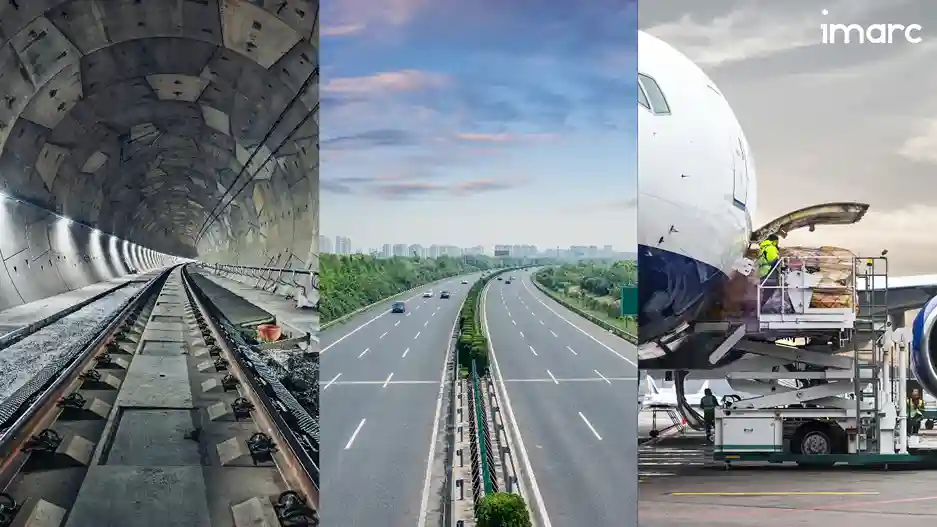
Rising Manufacturing Sector: India is emerging as a major player in the global manufacturing sector, currently accounting for 2.87% of global manufacturing output. The country's manufacturing sector is projected to reach US$ 1 Trillion by 2025, driven by robust growth and substantial contributions to India's exports. According to the Federation of Indian Export Organizations (FIEO), India's exports are expected to rise from US$ 770 Billion in 2023-24 to US$ 900 Billion in 2024-25, fueled by increased global demand. To meet this demand and support global companies, efficient and technology-enabled supply chain solutions will be crucial. The growing manufacturing sector will further bolster the logistics industry, necessitating advanced logistics and distribution networks.

Technological Advancements: Logistics companies are increasingly integrating advanced technologies like automation, artificial intelligence (AI), and machine learning into their supply chains to improve the efficiency of product deliveries. These innovations optimize route planning, inventory management, and overall operational processes. Furthermore, the adoption of automated warehouses, smart logistics solutions, and new delivery models such as omnichannel retailing aims to meet the increasing demands of the expanding e-commerce industry. Additionally, the deployment of electric vehicles, drones, and delivery bots, alongside partnerships with local delivery firms, is poised to further stimulate growth in the logistics market in the forecasted period.
Moreover, rapid urbanization and rising disposable incomes across the country have led to increased demand for sophisticated logistics networks to efficiently manage the flow of goods and services. Additionally, India's growing economy has boosted industrial production and spurred the expansion of the retail and e-commerce sectors, all of which require efficient logistics networks.
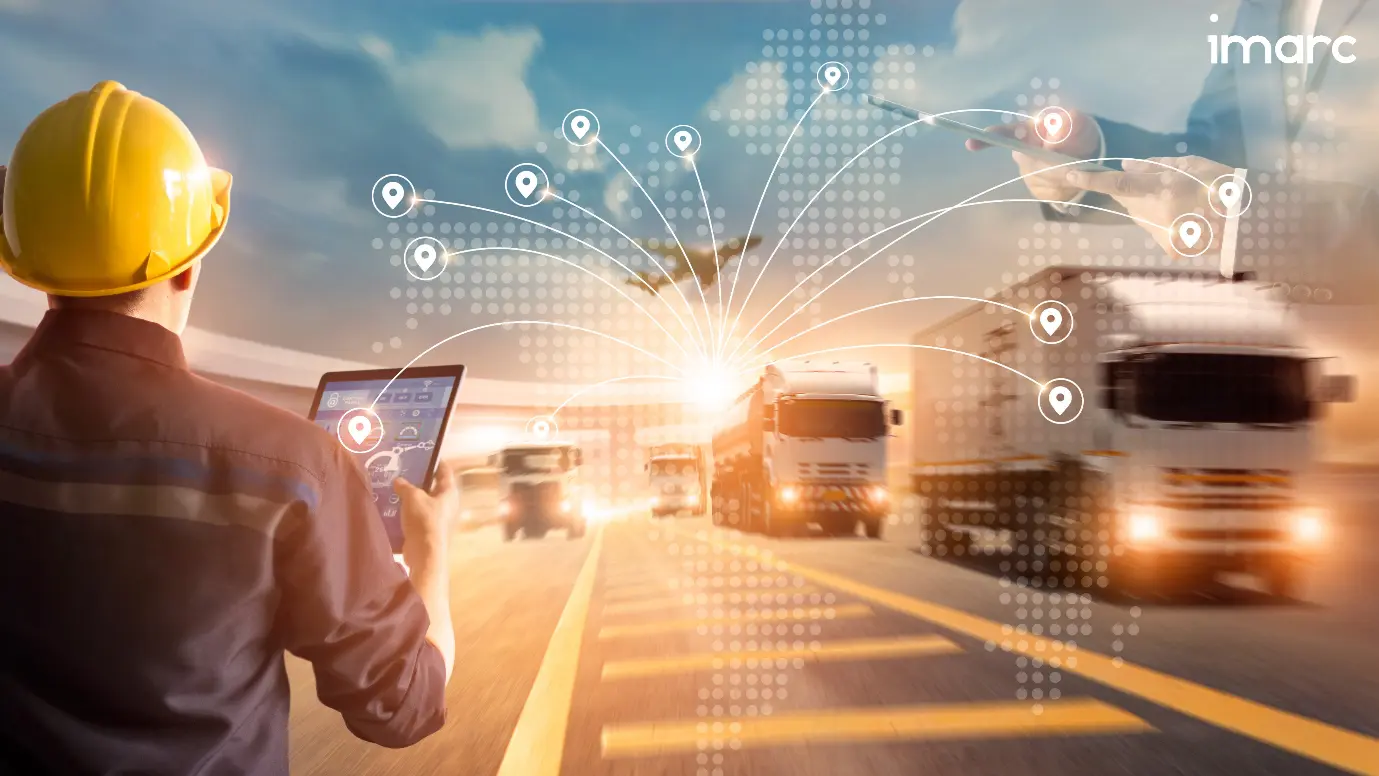
Exploring the Latest Trends Shaping India's Logistics Sector
- In July 2024, the National Industrial Corridor Development Corporation Limited (NICDC) Logistics Data Services Limited (NLDS) and the Gujarat Infrastructure Development Board (GIDB) entered into a Memorandum of Understanding (MoU) aimed at modernizing Gujarat's logistics sector through the use of the Unified Logistics Interface Platform (ULIP).
- In June 2024, the Agra Development Authority (ADA) is set to launch a major infrastructural project by constructing a cutting-edge logistics hub in Mudhera village, located southeast of Gwalior Road in the city of the Taj. With an estimated budget of Rs 570 crore, this project aims to greatly improve the region’s logistics and transportation capabilities.
- In March 2024, Container Corporation of India announced a strategic collaboration with Central Warehousing Corporation (CWC) through a MoU. This partnership aims to utilize the unique strengths of CONCOR and CWC to innovate and improve logistics efficiency, optimize supply chain management, enhance customer service, and promote industry growth.
- In January 2024, Welspun One, an integrated fund and development management organization, revealed plans to invest INR 2,000 crore in Tamil Nadu for the development of industrial and logistics parks over the next five years.
IMARC's Insightful Expertise: Paving the Way for Industry Insights
At IMARC, we specialize in assisting companies in identifying their competitors, business strategies, and approaches to services development within the logistics sector. Our goal is to identify targeted customers and suppliers in the logistics market and develop robust marketing plans. We provide insights into competitors' innovations and relevant government regulations and legislation. Additionally, we help companies identify the logistics solutions best suited for their products. By aligning with sustainable approaches, industries can position themselves for long-term success and growth.
Contact Us
Have a question or need assistance? Please complete the form with your inquiry or reach out by emailing us on sales@imarcgroup.com.
